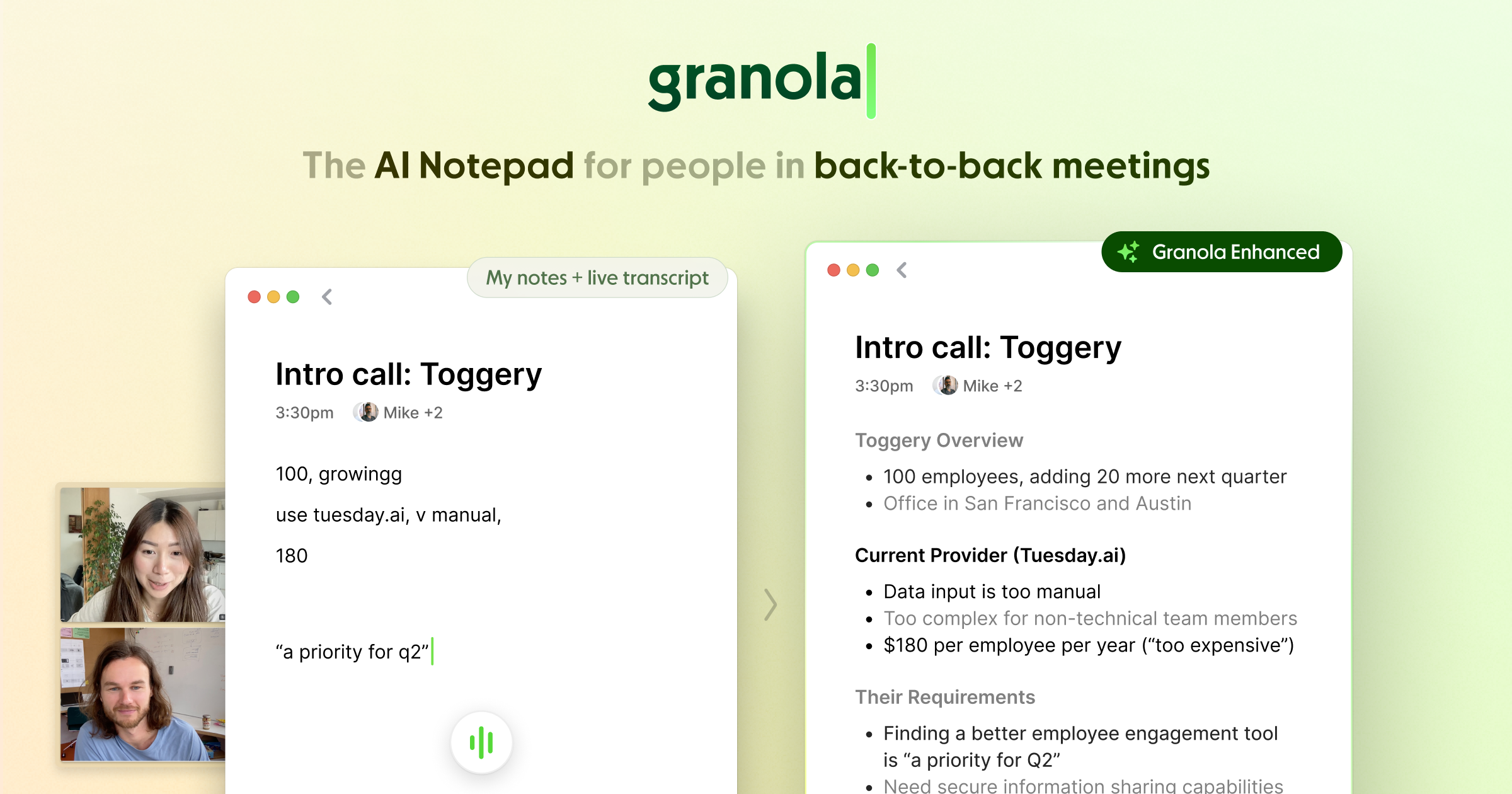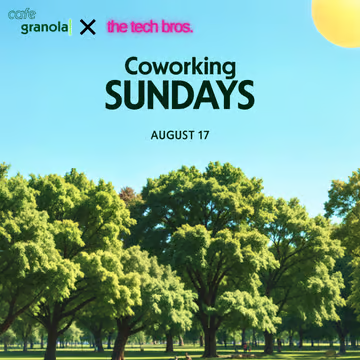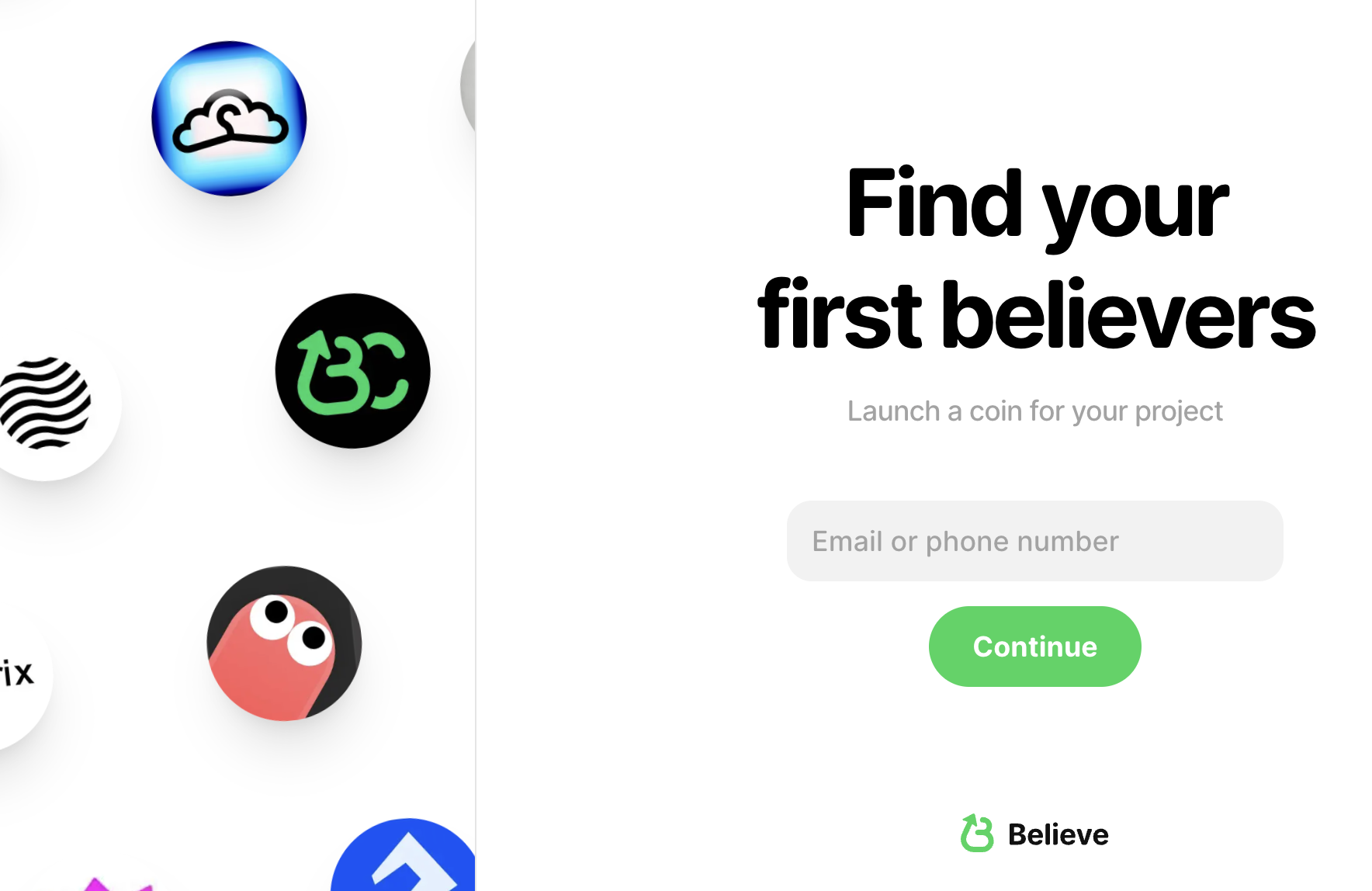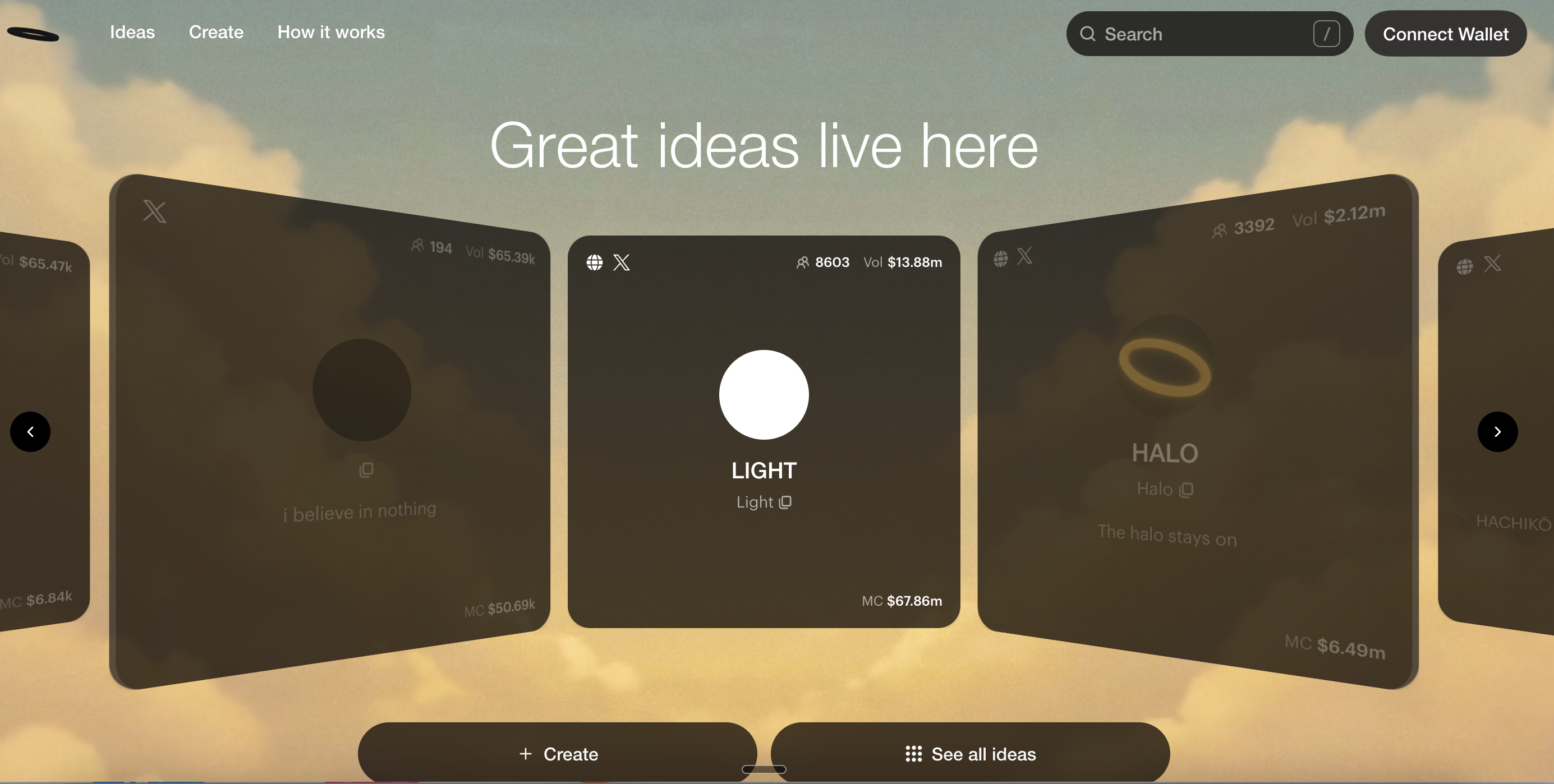
What I think a lot about lately is the general “vibes” of my product. Paul graham will call this elusive trait “taste”. I grew up in a very mechanical environment, with a stubbornly systematic way of judgement. So exploring the qualitative fascinates me. This idea is novel, and hence I’m writing this as a stream to clarify my thought.
What comes out of a difference in taste? Put Granola and Fanthom, two AI notetaker apps side by side, and you can immediately tell the difference.

Fanthom reads like a basement’s work. Its backdrop is carbon black, and buttons are tractor yellow. You add it to meetings and it records your transcripts; it feels like borderline surveillance material! — Orwellian in every sense.

Granola — an everyday product you use. Not health conscious enough to be blase, tasty enough to be popular. Colors are shades of natural olive green.
The differences go beyond design, into features. Bots don’t join meetings (that UX sucks), the notepad works in the background with your audio jack. The transition between phone and Mac is seamless.

Granola never records audio but transmutes notes into bite sized bullets. That cuts out 90% of server load. This entire package is a thing of beauty — but more importantly, Granola changed the social norm around taking notes using tools around meetings. It feels free, benign, an evenly fair vitamin. This is not an intrusive transcription tool….it’s an AI notetaker that helps both parties be smarter. If someone uses it, godspeed to them! You should use it too. Let the norm spread like Granola for breakfast.
Something feels so coherent about the differences between the two products, across code, feature set, design, and branding…. that I can only boil it down to a difference in taste.
Being previously in an investor’s seat, a common mental trope is to break building things down to the outside vs the inside view.
Outside view: Competitors, The “market”, ARR, Financial abstractions, Macroeconomics
Inside view: Product, Principle, Philosophy, Users
Every time I spoke with a great founder, it was almost always about the inside view, the levered extension of some philosophy, set of beliefs.
When I spoke with founder Chris, he said something that pointed in the same direction. “Never really cared about other products, unless our customers keep surfacing them. I know we’re better”
Perhaps I’m getting closer to knowing where taste arises.
Pump Fun et.al
A really similar tension I saw arise in the token-launching platforms in crypto. Now, token launching is a brimful of dark things. It screams disgust and degeneracy, as in the name pump.fun.

There were many platforms that tried to improve on the mechanics of pump fun, such as lower fees for launching a token etc. Still, the most successful competitors challenge the very distaste, and thus stigma, around launching a coin
Believe —> bright green as symbols of wealth, somewhat artificial, but very playful, child-like, almost naive

Heaven —> allusion to a dreamier time, blurred backdrops and luminosity. Appeal to purity.

Still too early to say, but heaven is making a dent on the token launch market, and believe already has high functioning startups launching tokens on them (such as dupe.com).
This begs the question — how many products in this world can be made more usable and friendly, how many useful social norms can be made commonplace, simply by presenting them in tasteful interactions?
The list is long, some things I can think of
- Sharing locations with one another — doable through iMessage, now limited to parent-child surveillance and teenage snapchatters
- Playing video games — focus on “quality time” rather than addiction and hours gamed
- Prediction market trading — an accessible version of polymarket — should feel clean, professional, and elegant, something you use everyday for problems you are expert in. There might not be even be a chart visual by default, to discourage active trading, but to encourage active participation.
Products built with taste not only feel good to use; they change our collective behaviour.
Maybe many things we live with today need a new cultural wallpaper.